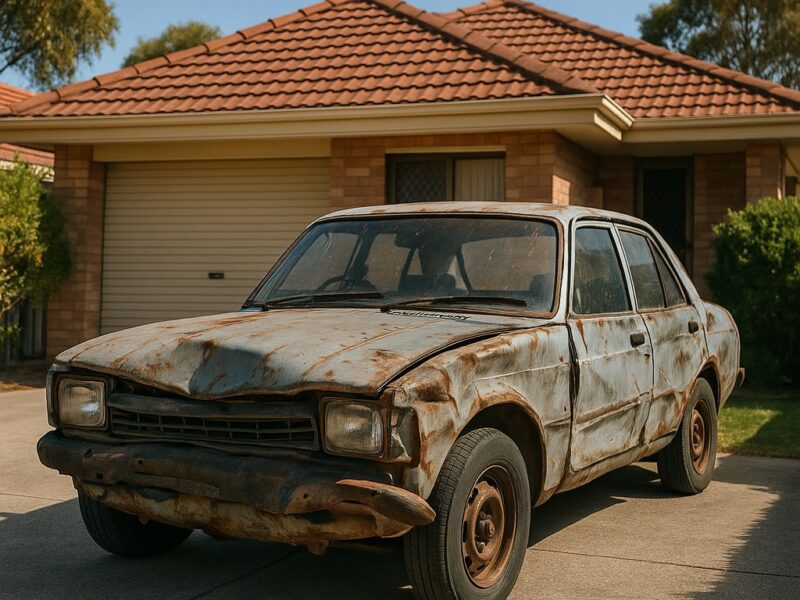Car seat covers are an affordable and practical way to protect your car’s seats from daily wear and tear while also adding a touch of style and comfort. Whether you want to safeguard your seats from spills, dirt, pets, or simply want to give your interior a fresh look, car seat covers offer a wide variety of materials, styles, and features to suit your needs.
In this guide, we’ll explore the benefits of car seat covers, different materials available, types of seat covers, and tips for selecting the best covers for your vehicle.
Benefits of Car Seat Covers
- Protection from Wear and Tear: Car seats can wear down over time from regular use, especially in high-traffic areas like the driver’s seat. Seat covers provide a protective layer that shields the original upholstery from damage such as spills, fading, or tearing.
- Preserving Resale Value: Keeping your car’s interior in good condition can increase its resale value. Seat covers help preserve the original fabric or leather, keeping your car’s interior looking newer for longer.
- Waterproof and Stain-Resistant: Many seat covers are made from waterproof or stain-resistant materials, making them an excellent option for families, pet owners, or anyone prone to spilling drinks or food. These covers can protect against moisture, stains, and unpleasant odors.
- Enhanced Comfort: Seat covers can improve comfort during long drives by adding extra padding or using softer, more breathable materials than the original seats. Some seat covers also offer added features like heating or cooling for extra comfort in extreme weather conditions.
- Customizable Style: Car seat covers come in various colors, patterns, and textures, allowing you to personalize the look of your vehicle’s interior. Whether you prefer sleek leather, rugged camo, or something sporty, there’s a seat cover to match your style.
- Easy to Clean: Car seat covers are often easier to clean than the original upholstery. Many are machine-washable or can be wiped clean, making them perfect for busy lifestyles.
Types of Car Seat Cover Materials
- Neoprene: Neoprene is a durable, water-resistant material often used in wetsuits, making it ideal for protecting seats from moisture, dirt, and spills. Neoprene seat covers are popular for those who frequently use their cars for outdoor activities or live in rainy climates. They are also comfortable and long-lasting.
- Leather and Faux Leather: Leather and faux leather (also called leatherette) seat covers offer a premium look and feel, adding a touch of luxury to your car’s interior. These covers are easy to clean and provide excellent protection against spills. While leather offers a more luxurious feel, faux leather is often more affordable and resistant to wear.
- Canvas: Canvas seat covers are known for their toughness and durability, making them perfect for heavy-duty use. They are tear-resistant and can withstand rough treatment, making them ideal for work trucks, outdoor enthusiasts, or families with pets. Canvas covers are usually machine-washable and easy to maintain.
- Velour: Velour seat covers offer a plush, soft texture that adds comfort and style to your car’s interior. While they provide a cozy feel, velour is not as durable or water-resistant as other materials, making them better suited for comfort rather than heavy-duty protection.
- Mesh: Mesh seat covers are lightweight, breathable, and perfect for hot climates. The mesh material promotes airflow, keeping seats cool in the summer. Mesh seat covers are typically easy to install and clean, making them a convenient option for drivers who prioritize comfort.
- Sheepskin: Sheepskin seat covers offer natural insulation, keeping you warm in the winter and cool in the summer. They are incredibly comfortable and luxurious, but they require more care to maintain. Sheepskin is best for drivers seeking maximum comfort, particularly in colder climates.
Types of Car Seat Covers
- Universal Seat Covers: Universal seat covers are designed to fit a wide range of vehicles and are generally more affordable than custom-fit options. While they may not fit as snugly as custom covers, they offer adequate protection for most car seats. Universal covers are ideal for those looking for an inexpensive, quick solution.
- Custom-Fit Seat Covers: Custom-fit seat covers are tailored specifically for your car’s make, model, and year, providing a precise fit. These covers look more polished and are less likely to shift or bunch up over time. Custom-fit seat covers are a great investment if you want a perfect match for your car’s interior design.
- Bucket Seat Covers: Designed for cars with individual bucket seats (often found in the front), these covers fit each seat separately, ensuring proper coverage of seat contours, armrests, and headrests.
- Bench Seat Covers: Bench seat covers are designed for vehicles with a continuous back seat, such as trucks or SUVs. These covers protect the entire bench and often include features like split-back designs to allow for folding seats.
- Pet-Friendly Seat Covers: If you frequently travel with pets, consider pet-specific seat covers. These are made from durable, waterproof materials and are designed to protect against fur, claws, and pet-related messes. Some covers come in hammock designs, which provide additional protection for both the seats and the floor.
- Heated or Cooled Seat Covers: Some seat covers come with built-in heating or cooling features, making your driving experience more comfortable in extreme weather. Heated covers are ideal for cold climates, while cooling seat covers provide relief in hot weather.
Tips for Choosing the Right Car Seat Covers
- Assess Your Needs: Consider how you use your car and what type of protection you need. For outdoor enthusiasts or pet owners, waterproof and durable materials like neoprene or canvas are ideal. If comfort is your priority, look for softer materials like velour or sheepskin.
- Compatibility: Make sure the seat covers are compatible with your vehicle’s features, such as side airbags, seatbelts, and heating or cooling elements. Custom-fit covers are usually designed to accommodate these features, but double-check to ensure a proper fit.
- Consider the Climate: If you live in a hot or humid climate, choose breathable materials like mesh or cotton-blend covers that promote airflow. For colder regions, heated or plush covers like sheepskin may be more comfortable.
- Ease of Installation: Look for seat covers that are easy to install and remove, especially if you plan to clean them regularly. Some covers come with simple hooks or straps, while others may require more time for a secure fit.
- Style and Aesthetic: Choose seat covers that complement your car’s interior. Whether you prefer a sleek, modern look or something more rugged and practical, there are plenty of options to suit your taste. Custom covers can also provide a factory-like finish, enhancing the look of your vehicle.
- Maintenance and Cleaning: Consider how easy the seat covers are to clean. Machine-washable covers are convenient for families or anyone who experiences frequent spills or messes. For leather or faux leather covers, regular wiping with a damp cloth is usually enough to maintain their appearance.
Conclusion
Car seat covers are a versatile and affordable way to protect your vehicle’s interior while adding comfort and style. Whether you’re looking for heavy-duty protection, added comfort, or a way to refresh your car’s look, there’s a seat cover to fit your needs. By considering factors like material, fit, and maintenance, you can choose the perfect seat covers to enhance your driving experience while protecting your car for years to come.



